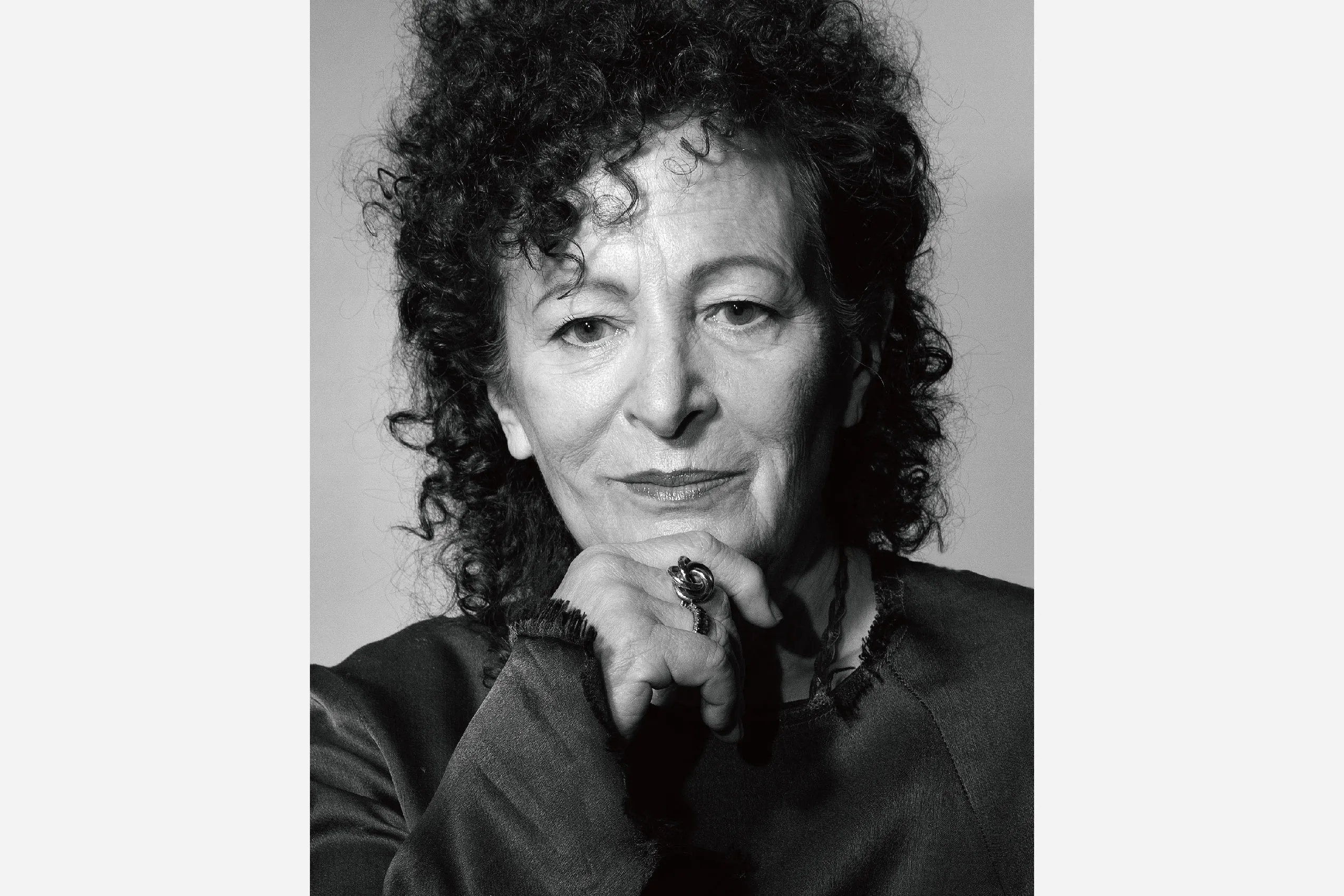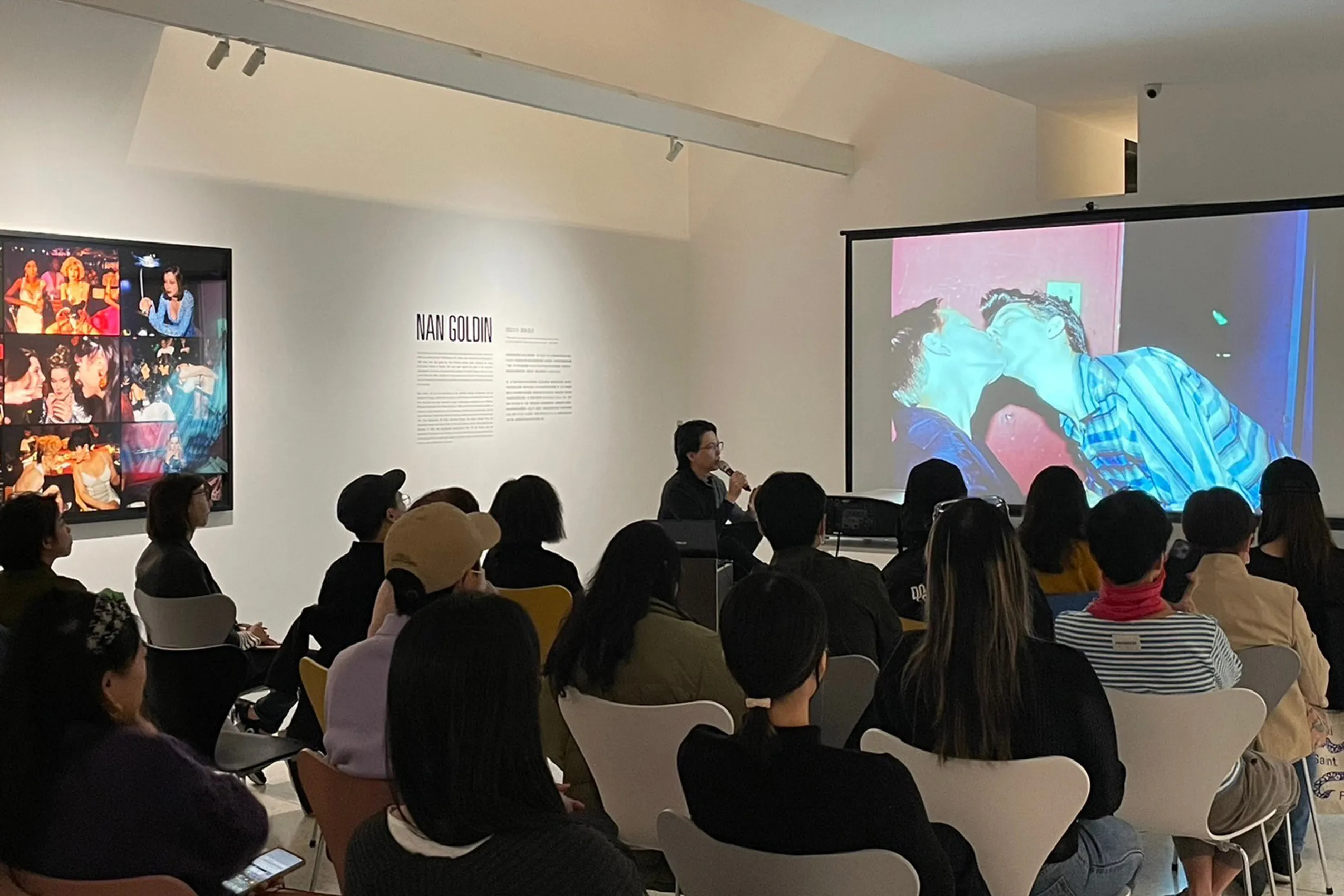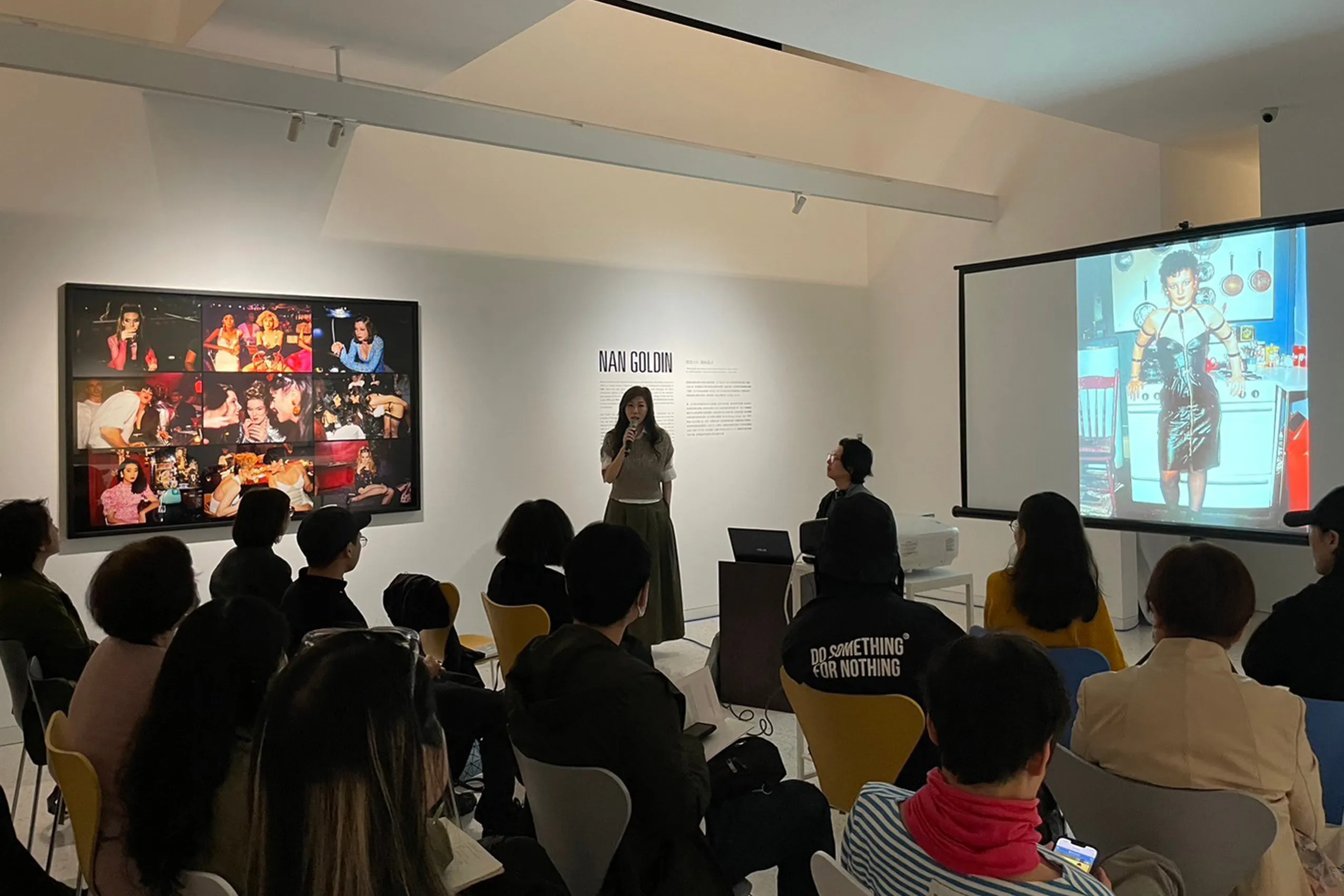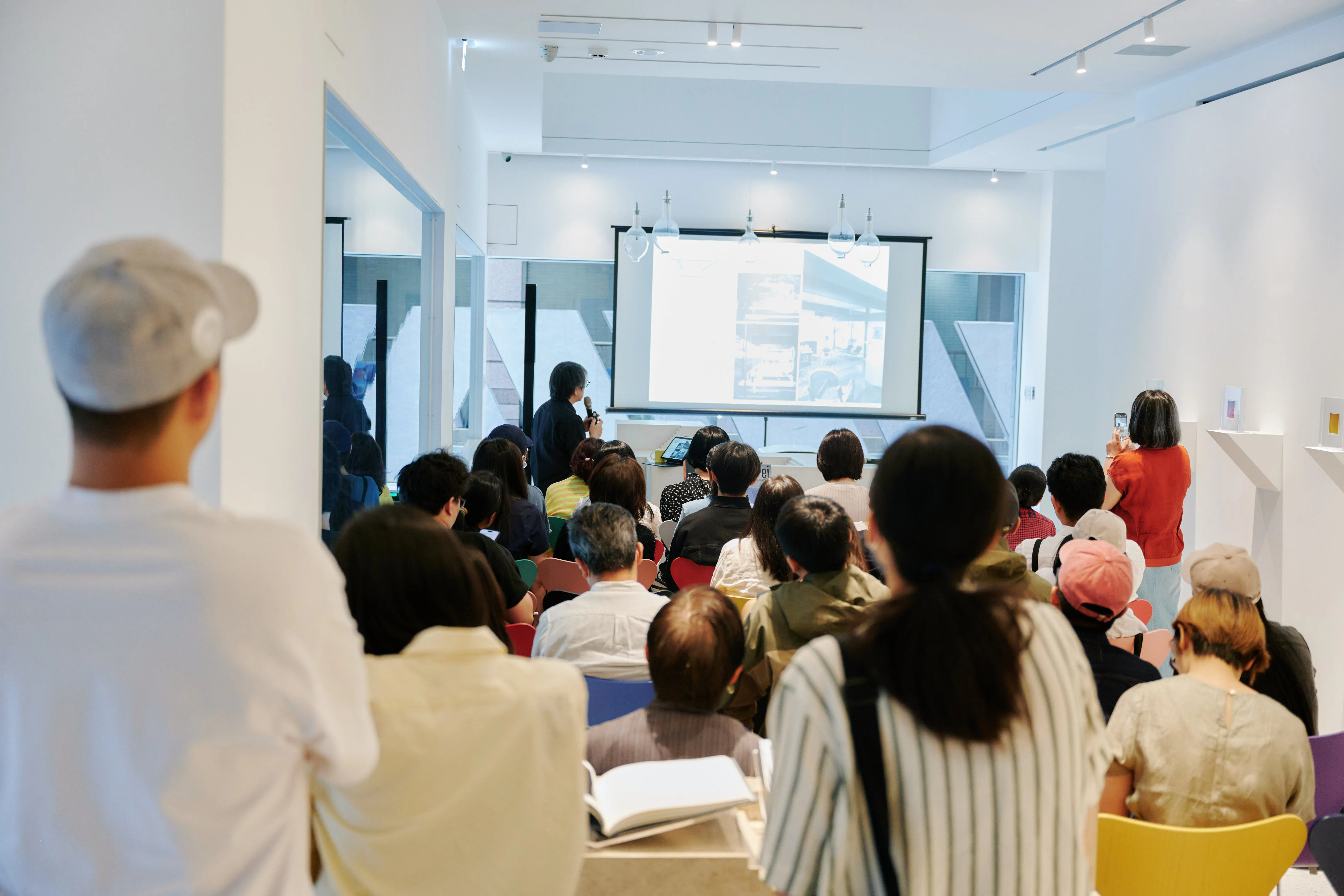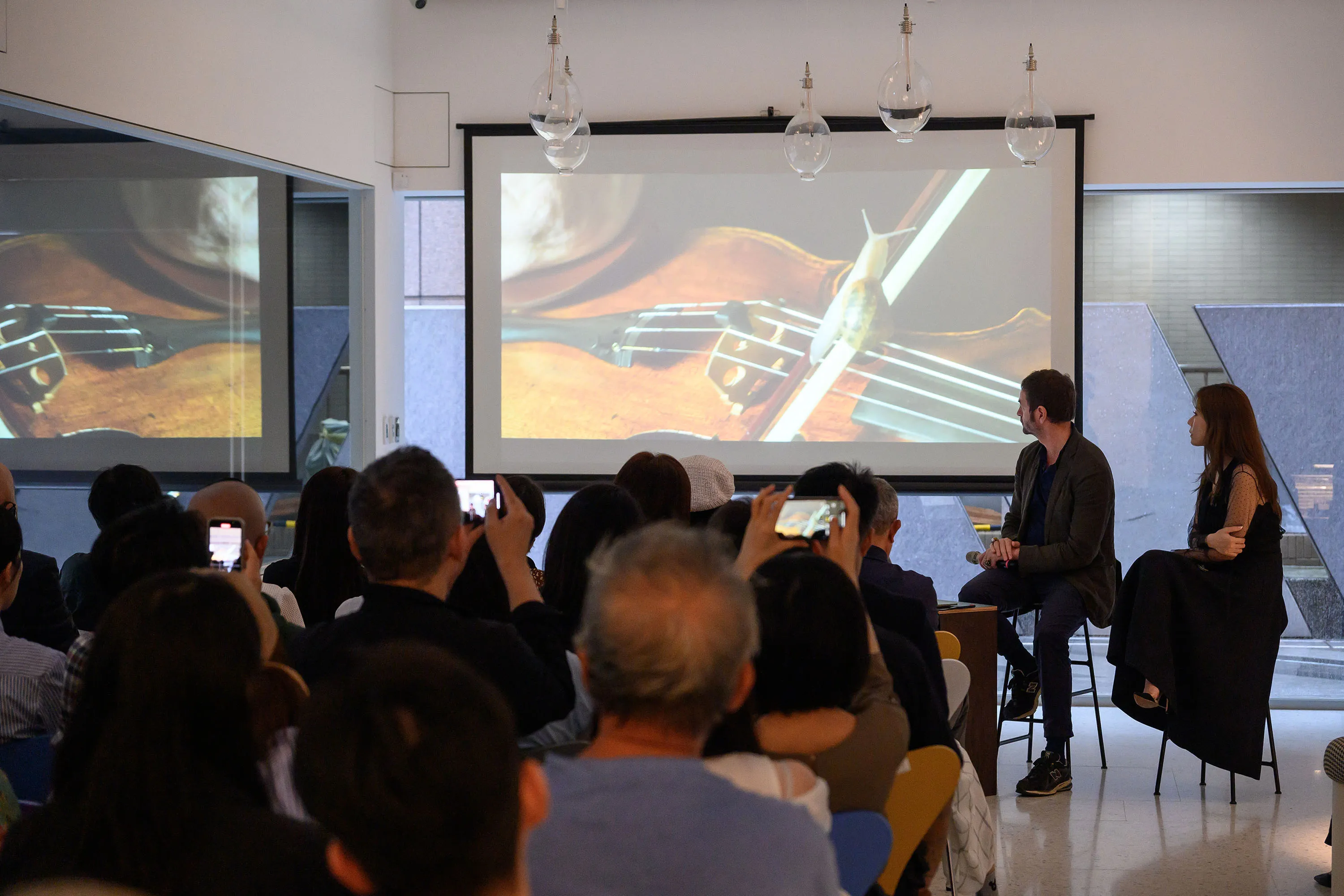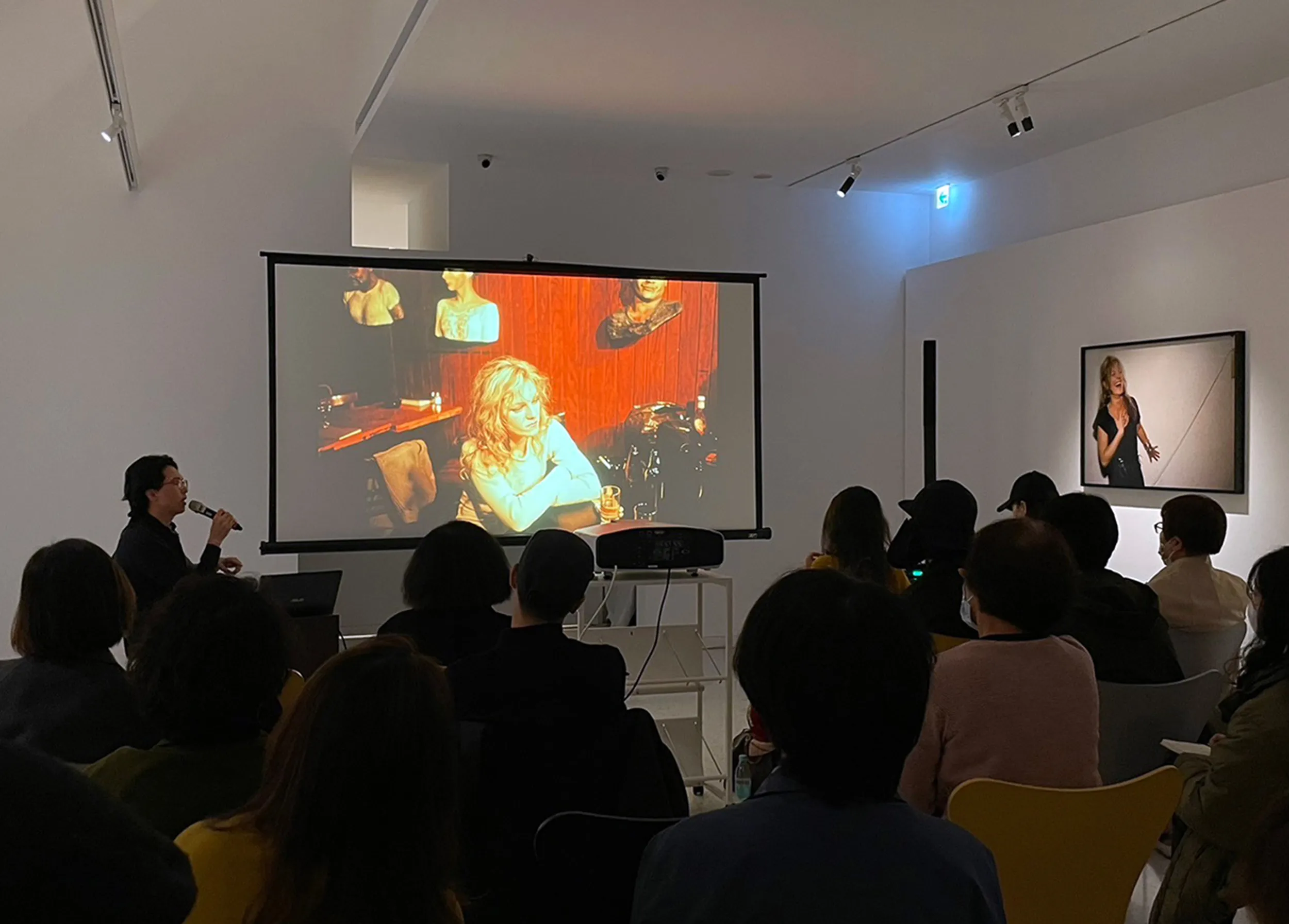
Atelier Talk | The Edge of Mainstream, the Core of Subculture — New York in Nan Goldin’s Eye
Speakers
Pulp Chen, Writer, Documentary Director
Locations
Winsing Art Place (1/F. 6, Lane 10, Lane 180, Section 6, Minquan East Road, Neihu District, Taipei City)
Fees
$350 (including bookstore entrance fee, one drink)
Ages
Unrestricted
Introduction
I'll be your mirror
Reflect what you are, in case you don't know
I'll be the wind the rain and the sunset
The light on your door to show that you're home...
— I'll Be Your Mirror, The Velvet Underground
Influenced by the social climate of New York in the 1970s and 1980s, American contemporary photographer Nan Goldin’s works capture people living amid the New Wave, hippie, punk, and queer cultures. In a series of photographs, Goldin documented her friends and the raw realities of the city—its bars, drag queens, same-sex and heterosexual couples, as well as her own private life. During the culturally diverse 1970s and 1980s, the direction of music and cultural movements evolved in tandem, with rock bands serving as a medium for countercultural expression. Living through that era, Goldin’s work was deeply influenced by its cultural elements. In many of her slide shows, she often used popular songs of the time as soundtracks. I’ll Be Your Mirror, a song from an album by The Velvet Underground, is one such example, serving as part of the soundtrack for her photographic series The Ballad of Sexual Dependency.
The Winsing Arts Foundation is honored to invite writer Pulp Chen, who once lived in New York, to give a lecture exploring the connections between Nan Goldin’s works and the culture of the 1970s and 1980s. In an era when the spirit of freedom was thriving, young people were widely dissatisfied with society and began fighting for their rights. This climate gave rise to numerous cultural movements and music scenes, such as The Velvet Underground, Patti Smith, and Sonic Youth—well-known bands whose music was closely tied to the social and political issues of the time. Professor Chen will take the audience back to New York of that era to see, through Goldin’s work, a world that is raw and unvarnished.
Event Recap
“The Sackler family incident elevated Nan Goldin to the stature of a truly great artist. She once only sought to have a voice, but later she used her art to intervene in society and bring about change, truly making the world a better place.” - Pulp Chen
Drawing from the music, films, and photographic works that influenced Nan Goldin, writer and documentary filmmaker Pulp Chen, in this lecture, shared insights into the worldview captured through her lens and the story of how she became a photographer. Chen discussed Goldin’s childhood and her relationships with her family, noting that the death of her sister became both the catalyst for her artistic awakening and one of the key factors that prompted her to confront her own identity.
Nan Goldin’s upbringing was shaped by the social and cultural context of the 1970s and 1980s. In the lecture, Pulp Chen mentioned many bands, films, and cultural movements from that time. He began with the film Blow-Up, which captured London’s subculture in the 1960s, drawing parallels to the underground subcultural wave in New York. He also spoke about Andy Warhol’s Screen Tests filmed in his Silver Factory studio, linking them to the film clips featured in Goldin’s work Sirens on view at Winsing Art Place. In addition to the legendary band The Velvet Underground, Chen shared his own experience visiting the CBGB (Country, Bluegrass, Blues) club in New York. Through Goldin’s photographs, the audience also discovered several photographers who indirectly carry forward her spirit—such as Terry Richardson, known for documenting European and American subcultures, and Ryan McGinley, who captures New York youth with a distinctive visual style. At the close of the lecture, Chen referenced the documentary All the Beauty and the Bloodshed, screened at the opening event of Wenshin Gallery, as a way of summing up Nan Goldin’s extraordinary life experience.
“Many people who come to see our collection this time may find it quite different from their established impression of her—there aren’t as many confrontational images. These works in the collection are actually somewhat connected to my own upbringing, which is why I chose to collect them,” said Winsing Arts Foundation Executive Director Jenny Yeh, who attended the entire lecture and shared with the audience the inspiration and personal connection that led her to collect Nan Goldin’s works.
